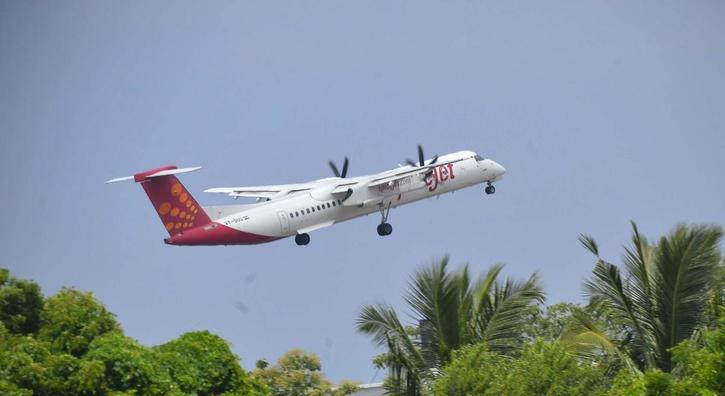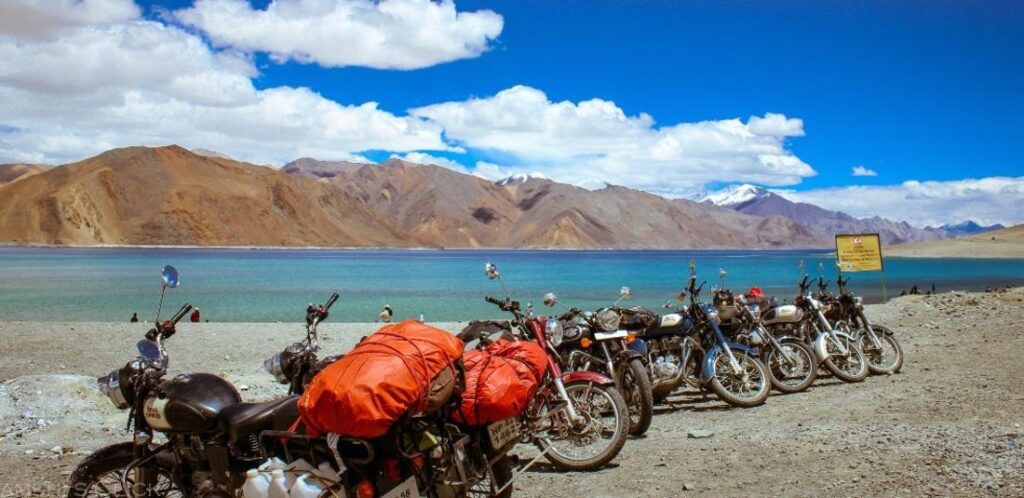
With a massive inflow of tourists to the Ladakh region this year, experts said that it is leading to the environmental impact and shortage of water in the Himalayan region.
This coldest region has been much in the news for the last many years due to the stand-off between Indo-Chinese troops. Ladakh’s Galwan valley has been the hotspot of the clashes for both armies as the area falls along the Line of Actual Control (LAC). But this time the area is in the news for some other reason.
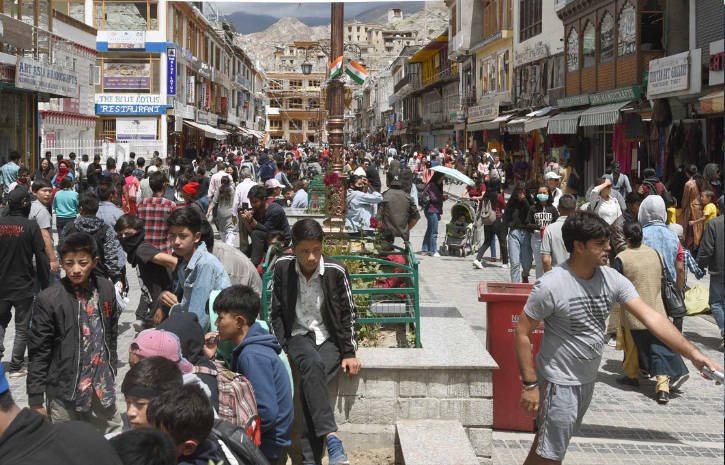
Dr Sheikh Ghulam Rasool, Chairman J&K RTI Movement and an environmentalist told Indiatimes that it was an alarming situation in Ladakh.
“I came to Kashmir a few days back from Ladakh. I witnessed mass tourism in the region. The intake capacity of tourists has been exceeded and it is posing a threat to its water and environment too,” he said.
“During my experience, I witnessed that the locals were using 21 litres of water daily while tourists were using 107 litres for bathing. So, one can imagine what this is leading to. Since the homestay culture has also come up, the demand for water is high,” he said.
“Tourists are also using plastic bottles and wrappers. The entry of more tourist vehicles to the region is causing pollution,” he said adding, “It is posing a threat to the wildlife habitation as well as snow leopards.”
Sheikh said that they demand a ban on mass tourism in Ladakh.
“Instead, we should promote community tourism and authorities should check on the intake capacity of tourists in the region,” he added.
Lateef Ahmad, a local of Ladakh who runs homestay facilities said that he has been requesting the tourists not to waste the water unnecessarily.
“I also keep telling them to use the water ATMs instead of plastic bottles,” he said.
The government has also been requesting that tourists use the water ATMs as three million water bottles are produced in every tourist season.
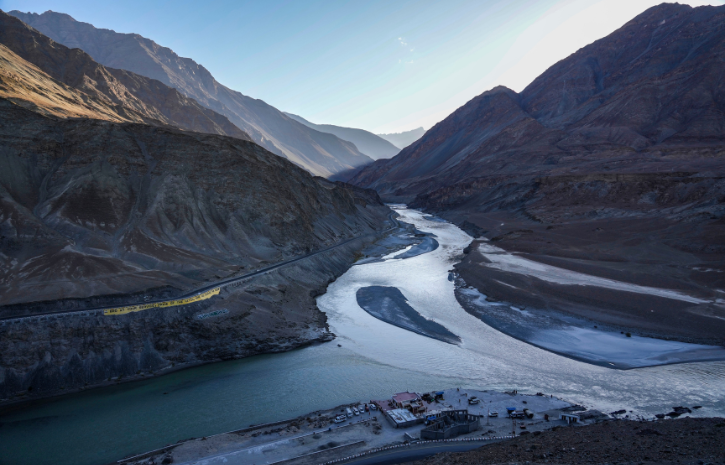
Huge influx of tourists
According to the official data, the tourist influx in Leh this summer surpassed its previous records. As many as 2.5 lakh people travelled to Ladakh in just two months, June and July. Ladakh has a population of around 31,000 households and it is eight times more than that and twice that of Ladakh’s population, which is approximately 1.33 lakh.
Almost 50 years since its inception, the number of tourists in Ladakh has grown to 4.5 lakh this year in just eight months (from January 1 to August 31, 2022), the data said.
Ladakh is most famous for its breathtaking landscapes, crystal-clear skies, the highest mountain passes, thrilling adventure activities, Buddhist monasteries and festivals.
This region is popularly known for motorbike rallies but environmental experts believe it is leading to disastrous situations. In 2018, wildlife enthusiasts and activists protested about a major motorsport rally which would have affected the ecologically sensitive areas of the cold desert. This led to the organisers changing the routes of the event.
‘Wake up before it is late’
A professor of Geography and Disaster Management at the University of Kashmir wishing not to be named said that Ladakh authorities need to take concrete steps to stop this otherwise it would be too late.
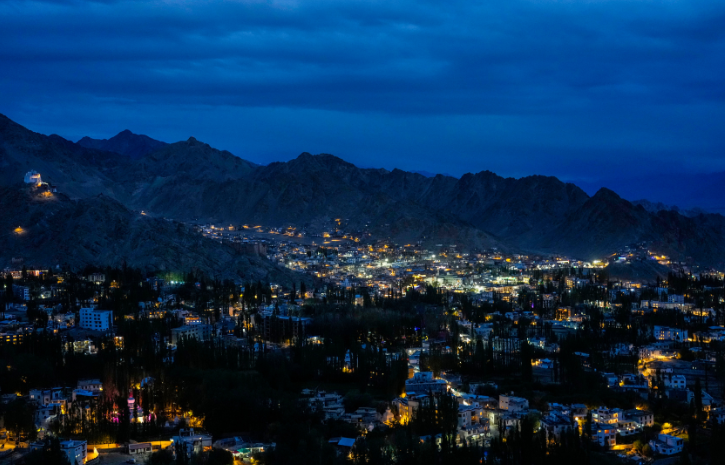
“The problem is that we don’t know how to manage the things because our lakes are dying and when it comes to the foreign countries, their tourism is long-lived and there are no issues of pollution as well,” he said.
In July, a study revealed that it is time to put a brake on a bucket-list bike and car trips as the shrinking of glaciers in the Himalayan region Ladakh, the battleground for the Indian and Chinese troops along the Line of Actual Control (LAC) is due to the growing vehicular traffic.
The study published by the journal Environmental Science and Pollution Research is based on satellite images of 77 glaciers observed over two decades, from 2000 to 2020, in the Drass basin of the western Himalaya.
Atal tunnel adds to the chaos
On October 3, 2020, Prime Minister Narendra Modi inaugurated the Atal Tunnel at Rohtang at an altitude of above 3,000 metres in Himachal Pradesh. After the inauguration, he said the tunnel would provide new strength to the country’s border infrastructure.

The 9.02 km-long tunnel, built by the Border Roads Organisation (BRO) is the world’s longest highway tunnel and connects Manali to the Lahaul-Spiti valley. It provides all-weather connectivity to the landlocked valley of Lahaul-Spiti, which remains cut off for nearly six months in a year as the Rohtang Pass is usually snow-bound between November and April.
The data revealed that before the opening of Rohtang pass over 4.5 lakh vehicles passed through the tunnel between January 2018 and October 2020.
Over 17 lakh vehicles passed through the tunnel afterwards till August 2022. This year alone 7.62 lakh vehicles passed till August end, it said.
However, experts see this route as the main cause of the unprecedented tourist rush and vehicular pollution. Before the construction of this tunnel, Ladakh used to remain disconnected from the rest of the world due to heavy snowfall and avalanches for almost six months.
Ladakh LG says the focus is on quality tourism
Ladakh Lieutenant Governor RK Mathur said the benefit of tourist activities should be spread in all parts of the region rather than allowing it to concentrate in a few places.
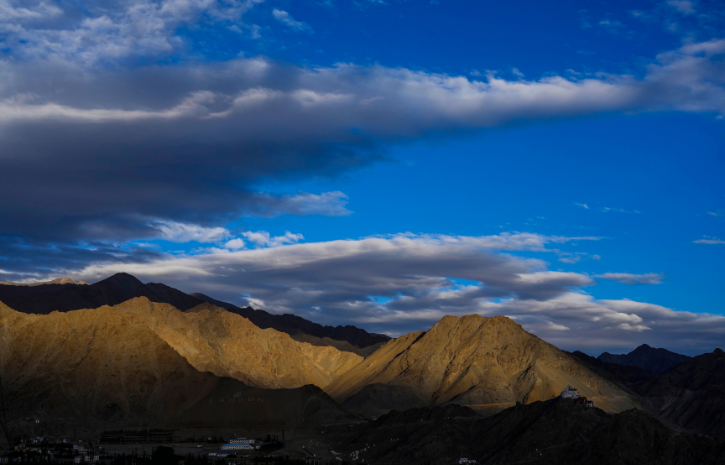
Mathur said this while attending the inaugural session of the Indian Himalayan Youth Summit-V which is being organised by the Integrated Mountain Initiative (IMI) and Sustainable Development Forum of Ladakh with support of the UT administration and the LAHDC, Leh recently.
Terming the Himalayan regions as the most important ecologically as they determine the climate of the country and the world, Mathur stressed the need for youth taking part in the summit to deliberate and record the outcomes of the event so that it could be heard and implemented at both regional and national levels.
Mathur emphasised the need to focus on quality tourism. He stated that tourism enabled the consolidation of the cultural aspect of a region and emphasised the need for Himalayan states to respect, own and propagate their culture for the overall benefit of society.

